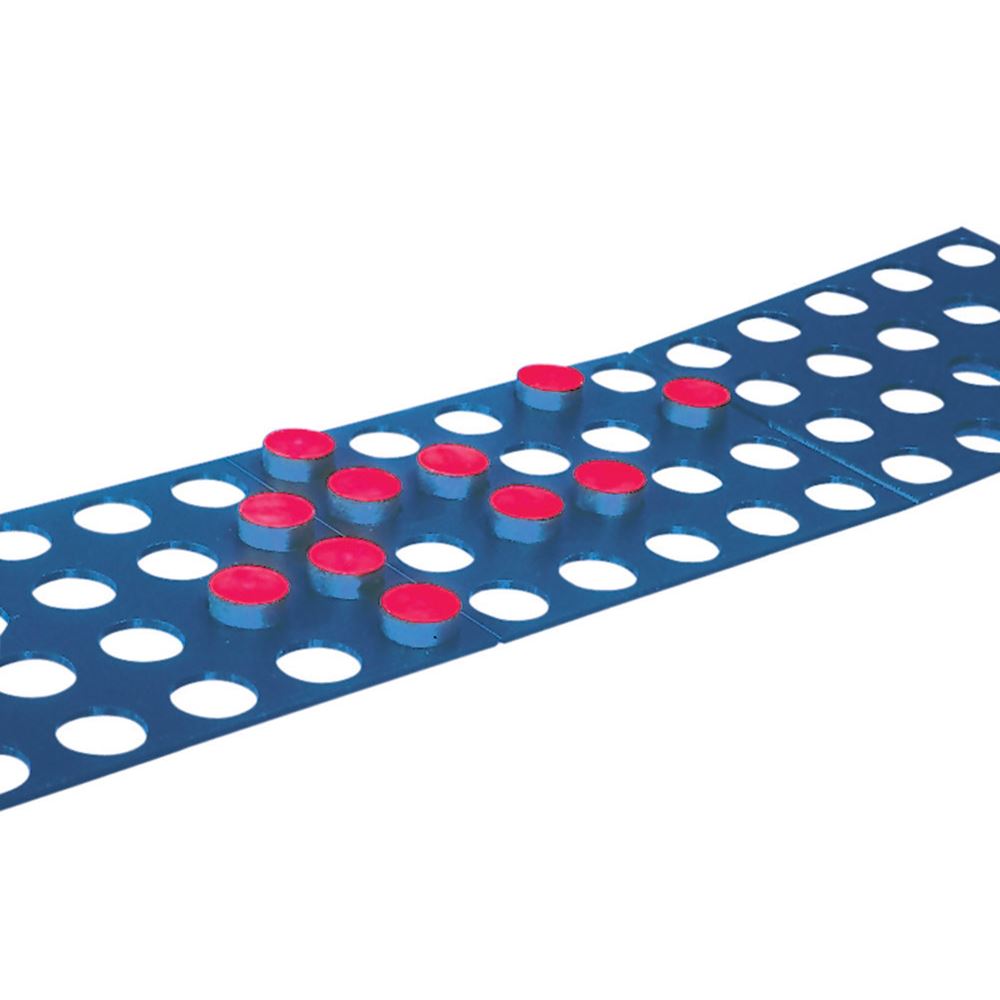Manual Dexterity Test
- Manual Dexterity Test Definition
- Manual Dexterity Test Canadian Dat
- Manual Dexterity Test For Manufacturing
- Dexterity Test Printable
- Manual Dexterity Test Nus Dentistry
- Manual Dexterity Tests Mmi
FedEx and UPS Ground Delivery Days Approximate
- Northwest 1-3 days
- Southwest 3-4 days
- Midwest 3-4 days
- Northeast 5-6 days
- Southeast 5-6 days
Expedited Shipments
Manual Dexterity Test Definition
QuickMedical offers the ability to ship 'In Stock', Next Day Air, 2nd Day Air, and 3rd Day Air.
Note: Weekends and holidays are not considered travel days (UPS will not deliver on the weekend). Expedited orders shipped on Friday: UPS Next Day shipped on Friday will be delivered Monday; 2nd Day Air will be delivered on Tuesday; 3rd Day Air delivered on Wednesday. FedEx delivers residential shipments on Saturday but not on Monday.
Autocad rotate object reference. Shelly,here is a way to change the view of your drawing in Layout space without changing the original orientation of the objects in Model space.

On Fridays only, UPS Next Day Saturday delivery might be available in your area: please call our Customer Service department at (888) 345-4858 for more details.
Due to possible technical or human error, QuickMedical cannot guarantee the ship day or delivery day on any expedited shipment. We recommend that you call and consult with our Customer Service department to verbally communicate all expedited shipping requirements. We can be reached at (888) 345-4858.
Factory Direct
Some products ship 'Factory Direct', meaning your items may be shipped to you directly from the manufacturer's factory and not from the QuickMedical warehouse: we will do everything possible to have the factory ship your order as requested; however, we cannot guarantee that the factory will be able to meet your specific deadlines. After placing your order online, we highly recommend that you call our Customer Service department about your delivery requirements at (888) 345-4858.
UPS will not ship to a Post Office Box.
Manual Dexterity Test Canadian Dat
| Purdue Pegboard Test | |
|---|---|
| Medical diagnostics |
The Purdue Pegboard Test is a neuropsychological test of manual dexterity and bimanual coordination.[1] The test involves two different abilities: gross movements of arms, hands, and fingers, and fine motor extremity, also called 'fingerprint' dexterity.[2] Poor Pegboard performance is a sign of deficits in complex, visually guided, or coordinated movements that are likely mediated by circuits involving the basal ganglia.[3]
- 2Method and interpretation
History[edit]
Dr. Joseph Tiffin, an Industrial Psychologist at Purdue University, designed the test in 1948. It was originally intended for assessing the dexterity of assembly line workers.[4]
Method and interpretation[edit]
Hand Tool Dexterity Test Model 32521 The Hand Tool Dexterity Test Model # 32521 can be used as a general assessment of an individual’s skill in using ordinary mechanics tools. Results of the test have been used to determine vocational interest and as an indicator of success where job/tasks require the use of these or similar tools. Feb 23, 2019- Dexterity testing devices are used by human resource departments, physical and occupational therapists, physiological researchers, and others to determine the hand and eye coordination capabilities of job seekers, patients, and test subjects. See more ideas about Occupational therapist, Physical therapy and Hand therapy. The Dexterity Test is ideal for hospitals and clinics. The Dexterity Tests are proudly made in the USA. The O'Conner Dexterity test requires precise hand placement for three pins per hole. This test is a good predictor of skills involving rapid manipulation of small objects and has 100 holes. Manual dexterity is a person's ability to execute controlled movements using hand-eye coordination under specific conditions. From early childhood, a person develops manual dexterity by learning tasks such as writing, grasping and releasing objects, and assembling puzzles and construction toys.
The pegboard consists of a board with two parallel rows with 25 holes into which cylindrical metal pegs are placed by the examinee. The test involves a total of four trials.[5] To begin, there is a brief practice. The subsets for preferred, non-preferred, and both hands require the patient to place the pins in the holes as quickly as possible, with the score being the number of pins placed in 30 seconds. Classical mythology mark morford pdf.
Neurocognitive disorders[edit]
The Purdue Pegboard test predicted worse adult tic severity and correlated with tic severity at the time of childhood assessment.
Purdue Pegboard performance deficiencies have been linked to poor social functioning in schizophrenia.
Manual Dexterity Test For Manufacturing
Industry[edit]
Results from a correlation analysis suggested that a person's capability on the Purdue Pegboard Test is a good predictor of their ability to use a mobile phone in cold weather.[6]
Reliability[edit]
One-trial administration of the Purdue Pegboard Test produced test-retest reliability of 0.60 to 0.79. The three-trial administration test-retest reliability ranged from 0.82 to 0.91.[4]
Dexterity Test Printable

References[edit]
Manual Dexterity Test Nus Dentistry
- ^Esther Strauss (2006). A Compendium of Neuropsychological Tests: Administration, Norms, and Commentary. Oxford University Press. pp. 1042–. ISBN978-0-19-515957-8. Retrieved 19 August 2013.
- ^Jack M. Guralnik; Linda P. Fried; Eleanor M. Simonsick; Judith D. Kasper; Mary E. Lafferty (1 July 1995). The Women's Health and Aging Study: Health and Social Characteristics of Older Women With Disability. DIANE Publishing. pp. 39–. ISBN978-0-7881-3122-6. Retrieved 19 August 2013.
- ^Davide Martino; James F. Leckman (9 May 2013). Tourette Syndrome. Oxford University Press. pp. 113–. ISBN978-0-19-979626-7. Retrieved 19 August 2013.
- ^ abMary Vining Radomski; Catherine A. Trombly Latham (2008). Occupational Therapy for Physical Dysfunction. Lippincott Williams & Wilkins. pp. 1140–. ISBN978-0-7817-6312-7. Retrieved 19 August 2013.
- ^Patricia Espe-Pfeifer; Jana Wachsler-Felder (30 April 2000). Neuropsychological Interpretations of Objective Psychological Tests. Springer. pp. 26–. ISBN978-0-306-46224-5. Retrieved 19 August 2013.
- ^Patrick Langdon; John Clarkson; Peter Robinson (28 February 2010). Designing Inclusive Interactions: Inclusive Interactions Between People and Products in Their Contexts of Use. Springer. pp. 33–. ISBN978-1-84996-166-0. Retrieved 19 August 2013.